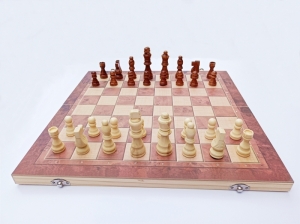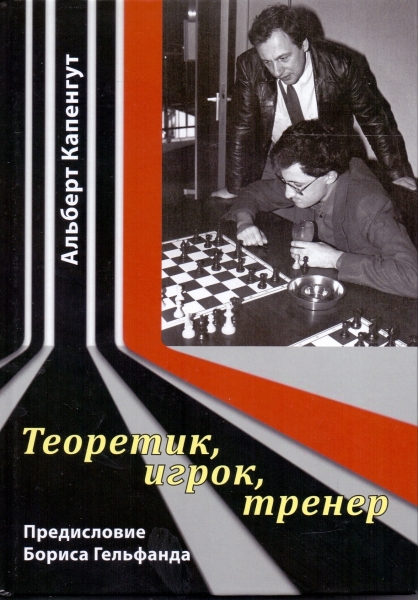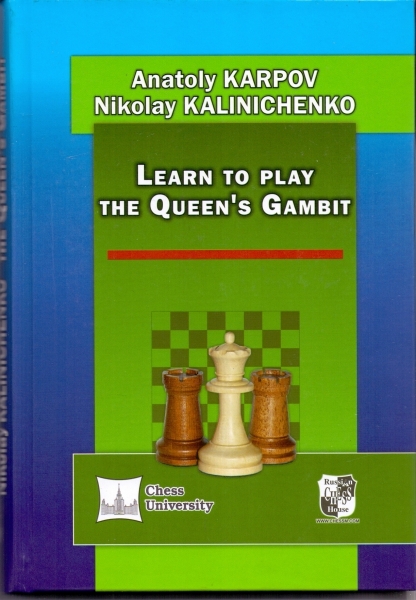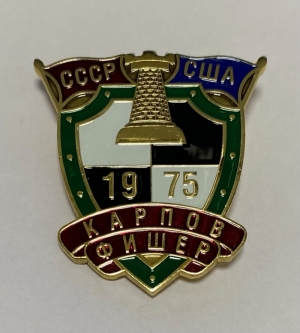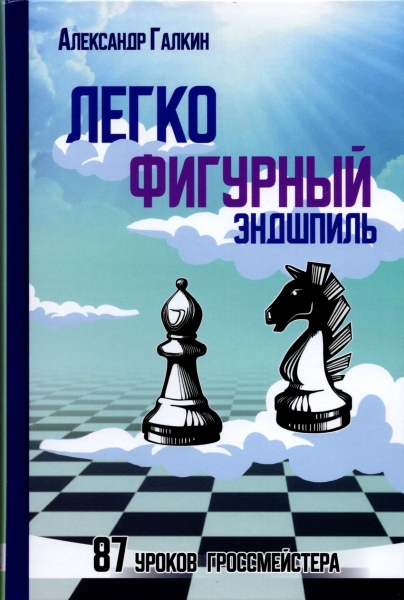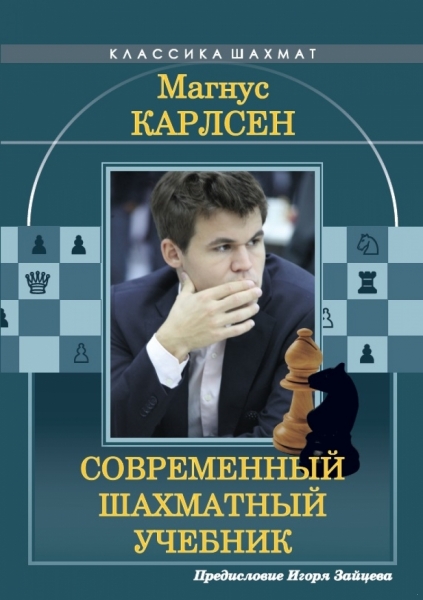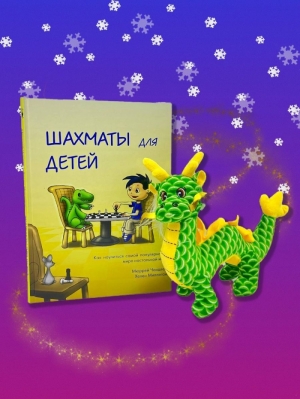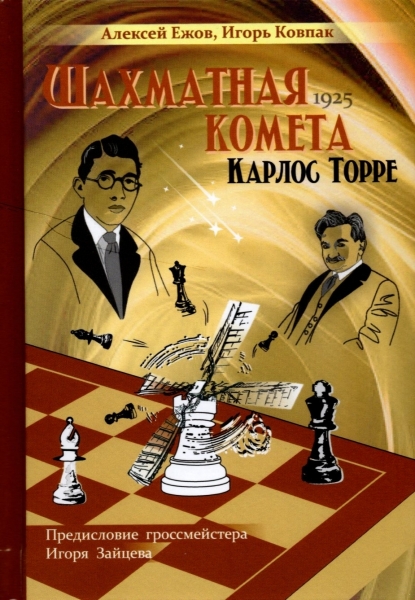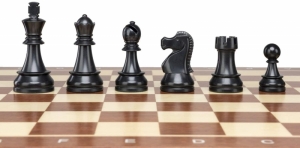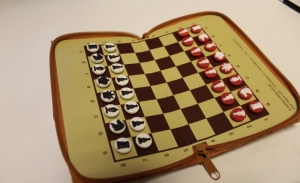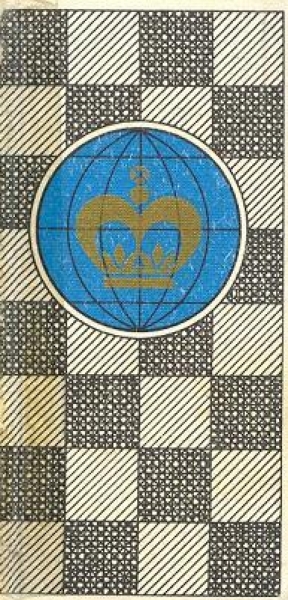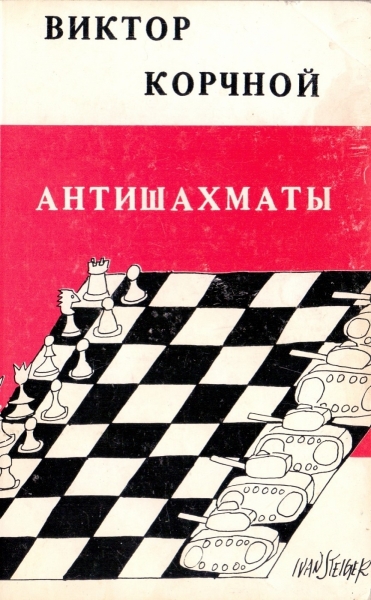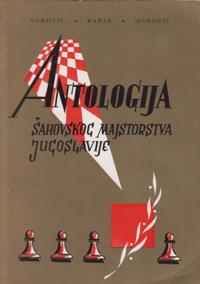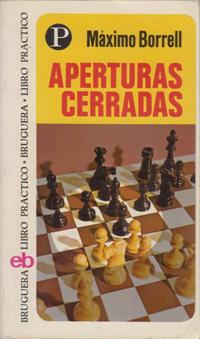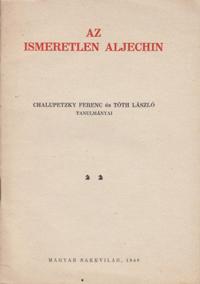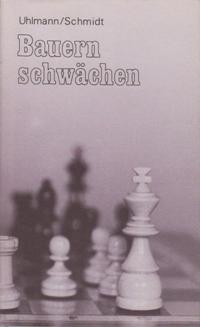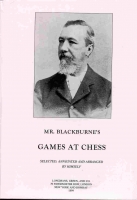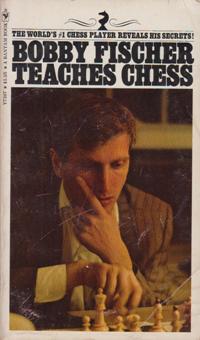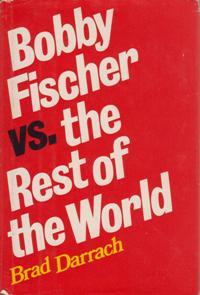Books 1946-1990
-
62.06 $
Mini book. Dedicated to Anatoly Karpov. A lot of illustrations. Tournaments and matches 1969-1980. The book format: 4x8 cm! A cardboard case is attached to the book. & Nbsp;
-
16.55 $
This book is dedicated to the work of one of the strongest chess players in the world from 1930-1940. Ex-world champions M. Botvinnik and V. Smyslov, outstanding grandmasters D. Bronstein and S. Flor share their memories of him and his work. The essay on Lilienthal is written by the writer V. Vasiliev. A. Lilienthal selected and commented on his best games for this book.
-
248.28 $
The first edition, published in London by OPI in Russian. In the book, the outstanding chess player of our time, V. Korchnoi tells about his dramatic fate. In the center of the story - long-term combat with Anatoly Karpov.
-
Bauernschwächen entscheiden in unzähligen Schachpartien über Sieg und Niederlage. Jeder Spieler muß sich im praktischen Kampf wieder und immer wieder mit Bauernschwächen im eigenen und gegnerischen Lager auseinandersetzen. Deshalb kommt der vorliegenden fundamentalen Untersuchung von Bauernschwächen und allen damit zusammenhängenden Problemen höchste Bedeutung zu. Wolfgang Uhlmann, der bekannte Internationale Großmeister, hat seine in langjähriger Spielpraxis gewonnenen Erfahrungen in dieses Buch eingebracht, um für den Leser die Beschäftigung mit der Theorie so gewinnbringend und leicht wie nur irgend möglich zu machen. Anhand von 139 Partien aus der älteren und modernen Meisterpraxis wird das Thema Bauernschwächen erschöpfend abgehandelt. Die Autoren erörtern eingehend die drei Grundformen der Bauernschwächen: den isolierten Bauern, den rückständigen Bauern und den Doppelbauern. Die verschiedenen strategischen Zusammenhänge werden leichtverständlich herausgearbeitet und die davon für beide Spieler stellungsgerechten Pläne abgeleitet. Ausführlich dargelegt sind die engen Beziehungen zwischen Eröffnungssystemen und den Formen von Bauernschwächen. Auf diese Weise erfährt der Schachfreund alles, was er wissen muß, um feindliche Bauernschwächen optimal auszunutzen bzw. eigene Bauernschwächen bestmöglich zu verteidigen. Der Band ist übersichtlich und anschaulich angelegt, daß ihn Schachspieler jeglicher Spielstärke mit Gewinn nutzen können. Jedes Kapitel wird mit allgemeinen Gesichtspunkten zur Bewertung eingeleitet und ist nach sachlichen Gesichtspunkten sehr übersichtlich gegliedert. Über 230 Diagramme erhöhen die Anschaulichkeit. Den Abschluß bilden Partien mit Punktbewertung, so daß die Leser ihren Kenntnisstand und Wissenszuwachs selbst kontrollieren können.
-
A candid autobiography of a remarkable chess player and his "unforgettable games". A rare book published in Odessa, in Geller's homeland!
-
8.99 $
(in Bulgarian). Parties and analytical work of the grandmaster.
-
407 parts and 28 tracks Reprint. Joseph Henry Blackburne met and defeated the top players in chess history, including Anderssen, Steinitz, and Tschigorin. Known as the "Black Death", Blackburne's game was wide open and highly tactical. This aggressive attacking style ranked him among the world's elite during his career. Throughout this period Blackburne remained a tough and dangerous opponent, and yet - more so than most players - he knew how to have fun at chess. Heam to tell stories, and would be happily banter with the crowds who flocked to his displays of simultaneous or blindfold prowess. That spirit of good-natured humor is evident all through the book before us. In 1899, Blackburne was on his way to collect and annotate his best games. Blackburne's Games at Chess. More than a simple game collection, this book has been used for a long time. Blackburne has organized the material according to, opening, each section loaded with sound and practical advice. But always there are the games - brilliant, dashing, and always forward to mate!
-
This book is essentially a teaching machine. The way a teaching machine works is: It asks you a question. If you give the right answer, it goes on to the next question. If you give the wrong answer, it tells you why the answer is wrong and tells you to go back and try again. This is called "programmed learning". The real authors were experts and authorities in the field of programmed learning. Bobby Fischer lent his name to the project. Stuart Margulies is a chess master and also a recognized authority on programmed learning. He is a widely published author of more than 40 books, all in the field of programmed learning, especially in learning how to read. For example, one of his books is "Critical reading for proficiency 1 : introductory level". Donn Mosenfelder is not a known or recognized chess player, but he was the owner of the company that developed and designed this book. He has written more than 25 books, almost all on basic reading, writing and math.
-
In 1972, an epic chess match took place in Iceland between representatives of the two great super-powers of the world: Bobby vs. Boris. Boris was backed by the Mighty Soviet Union, with late night phone calls coming from his handlers in Moscow, telling him what his next move should be. Meanwhile, Bobby stood alone against the might of the opposing nation. But, Bobby was not exactly alone. The Americans did not need to tell him what moves to make on the chessboard. Bobby already knew how to do that. Rather, what the Americans needed to do was somehow to get him to sit down at the board and play the game.
-
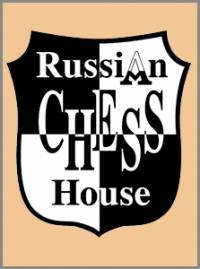 International Tournament in Bled
Author:
International Tournament in Bled
Author:
Kmoch 116.67 $ -
 Эндшпиль
Author:
Эндшпиль
Author:
Rabinovich 123.33 $ -
 The second international chess tournament Moscow 1935 (there are also rare copies on white paper + 30% to the price)
Author:
The second international chess tournament Moscow 1935 (there are also rare copies on white paper + 30% to the price)
Author:
Weinstein 166.67 $ -
 The third international chess tournament (there is also a copy without an introductory article by Krylenko at a price of minus 30%) (art. 7)
200.00 $
The third international chess tournament (there is also a copy without an introductory article by Krylenko at a price of minus 30%) (art. 7)
200.00 $
-
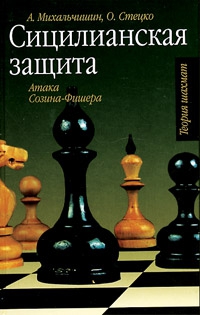 Sicilian Defense: Attack of Sozin-Fisher
Author:
Sicilian Defense: Attack of Sozin-Fisher
Author:
Mihalchishin 50.00 $ -
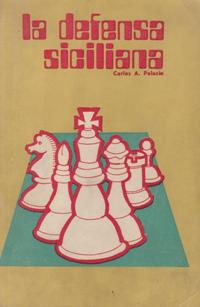 Sicilian Defense
Author:
Sicilian Defense
Author:
Palacio 25.00 $ -
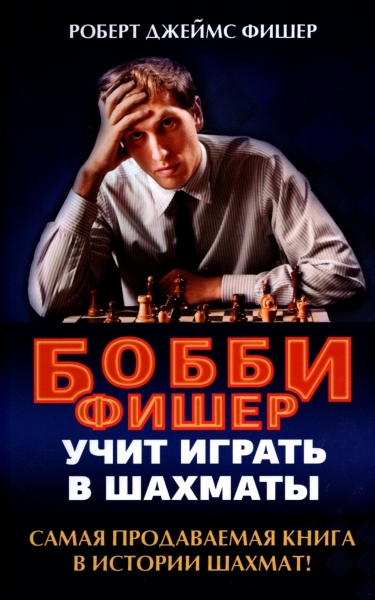 Author:
Author:
Fisher 15.00 $ -
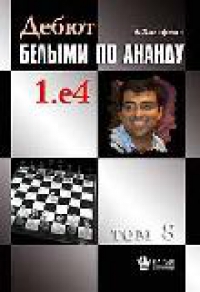 White
Author:
White
Author:
Khalifman 41.67 $ -
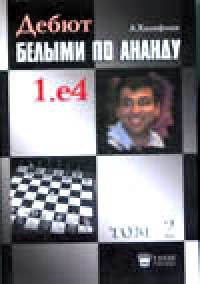 White
Author:
White
Author:
Khalifman 60.00 $ -
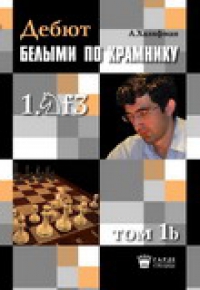 The debut is white on Kramnik (volume 1b)
Author:
The debut is white on Kramnik (volume 1b)
Author:
Khalifman 46.67 $
 Русский
Русский  Английский
Английский 